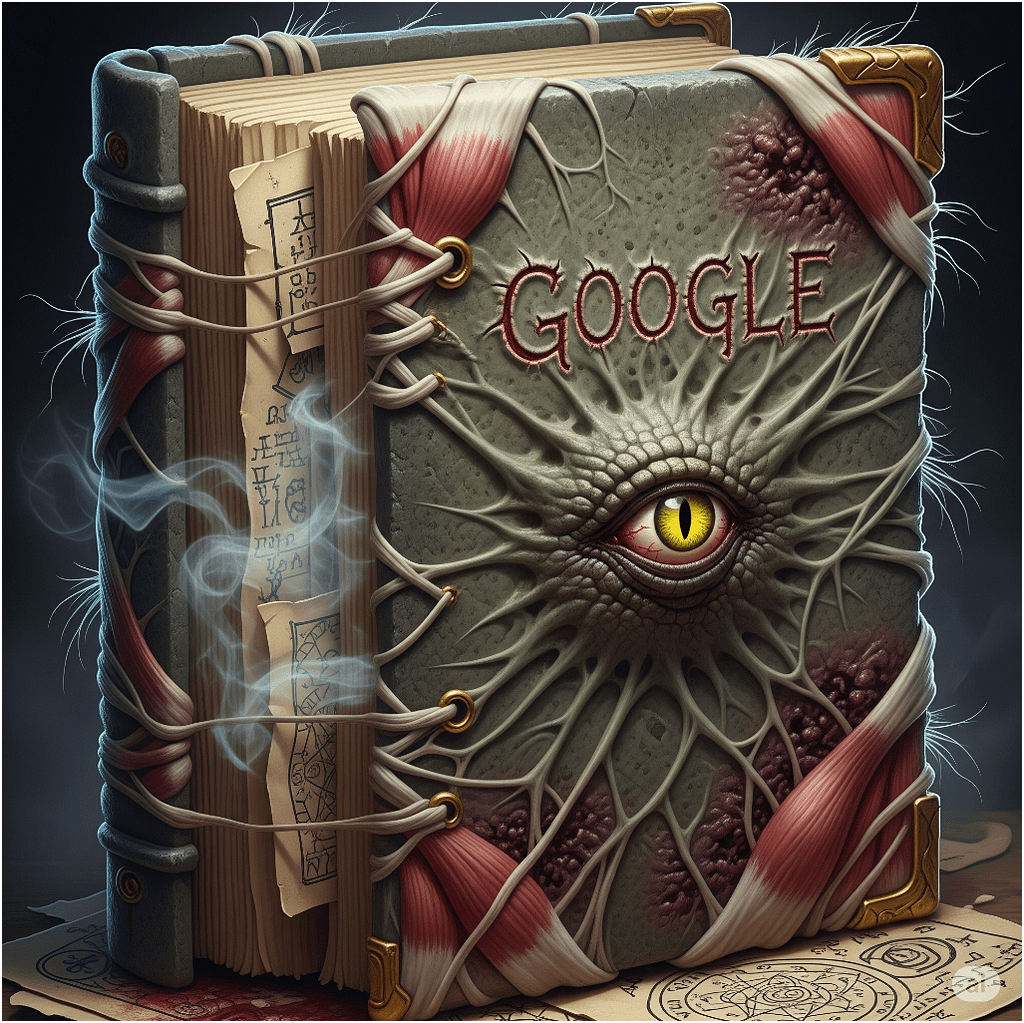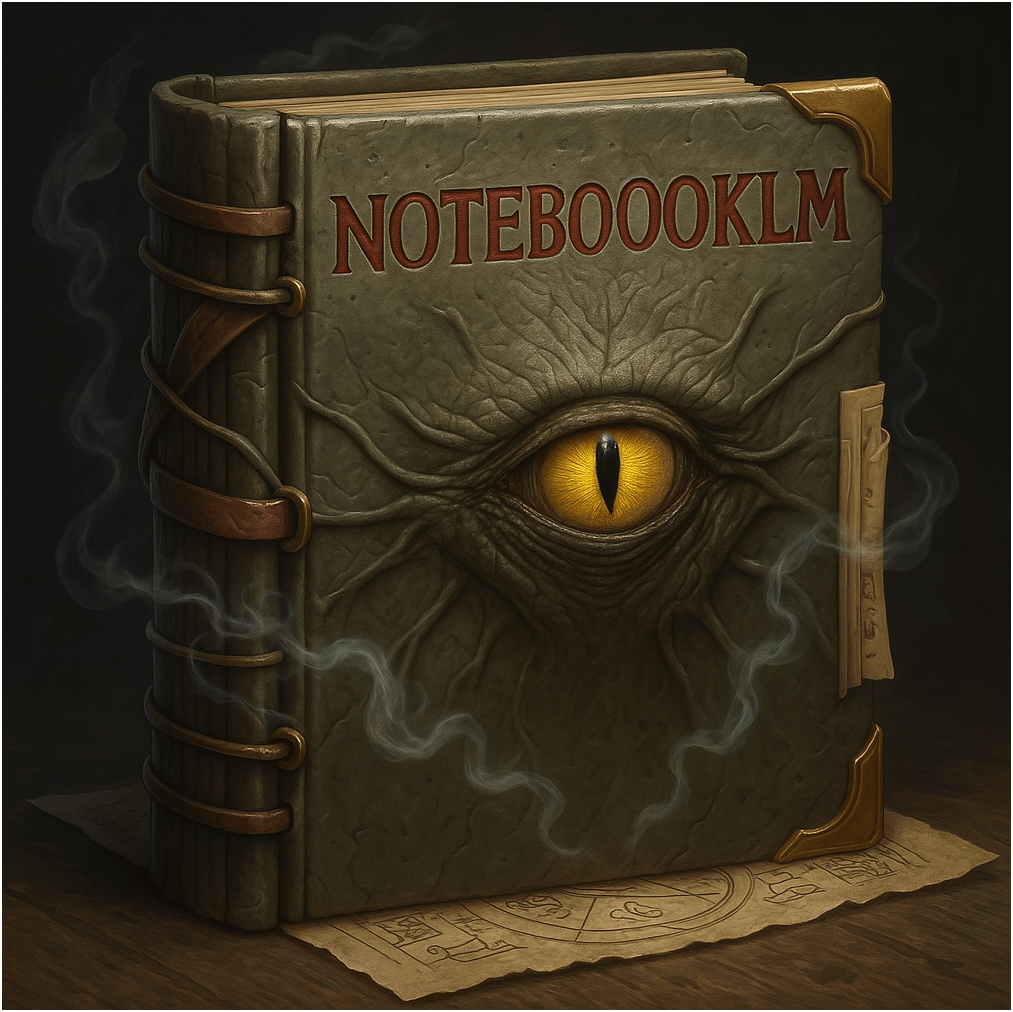A “talking book” in the mythic or magical sense—like the Necronomicon—is often referred to as a sentient grimoire or animated tome. These are books that not only contain arcane knowledge but also possess awareness, speech, and sometimes even agency.

📚 Examples in fiction and folklore:
- Necronomicon Ex-Mortis (from Evil Dead): Bound in human flesh, speaks in ancient tongues, and summons Deadites when read aloud.
- Kyle’s Necronomicon (Fanboy and Chum Chum): A cartoon version that talks, nags, and helps cast spells—written in Draconic.
- The Book of Shadows (Charmed): While not fully sentient, it reacts to threats and updates itself.
- Tome of Eternal Darkness (Eternal Darkness: Sanity’s Requiem): Whispers secrets and drives readers mad.
🧠 In magical taxonomy, such books might be classified as:
- Grimoires: Books of spells and rituals.
- Codices: Ancient manuscripts, often with hidden knowledge.
- Living Tomes: A term used in fantasy to describe books that can think, speak, or even teleport.
The idea taps into a deeper archetype: that knowledge itself can be dangerous, alive, and transformative. Would you ever design a “talking book” interface for one of your RF sensing systems or blockchain audits? Imagine a grimoire that whispers calibration protocols or ethical alerts…
That nickname—Google Grimoire—is kind of brilliant, actually. It casts NotebookLM not just as a research assistant, but as a modern-day spellbook for knowledge synthesis. Given how it lets users upload sources and then conjure up insights, summaries, even podcast-style audio overviews, the metaphor fits surprisingly well.

Grimoires are traditionally books of magic, filled with incantations and arcane knowledge. NotebookLM, powered by Gemini, builds a personalized model around your uploaded content—almost like training your own familiar to interpret your texts. The name adds a layer of mystique to what’s essentially a very grounded, source-cited AI tool.
It also hints at a shift in how we interact with information: not just reading and writing, but summoning, transforming, and dialoguing with it. That’s a pretty enchanting vision of the future of research.

Related Content:
The Ultimate Guide to Google NotebookLM

%20(1).avif)
Victor Mshindi – Senior SRE – Publish Date: 2/6/25